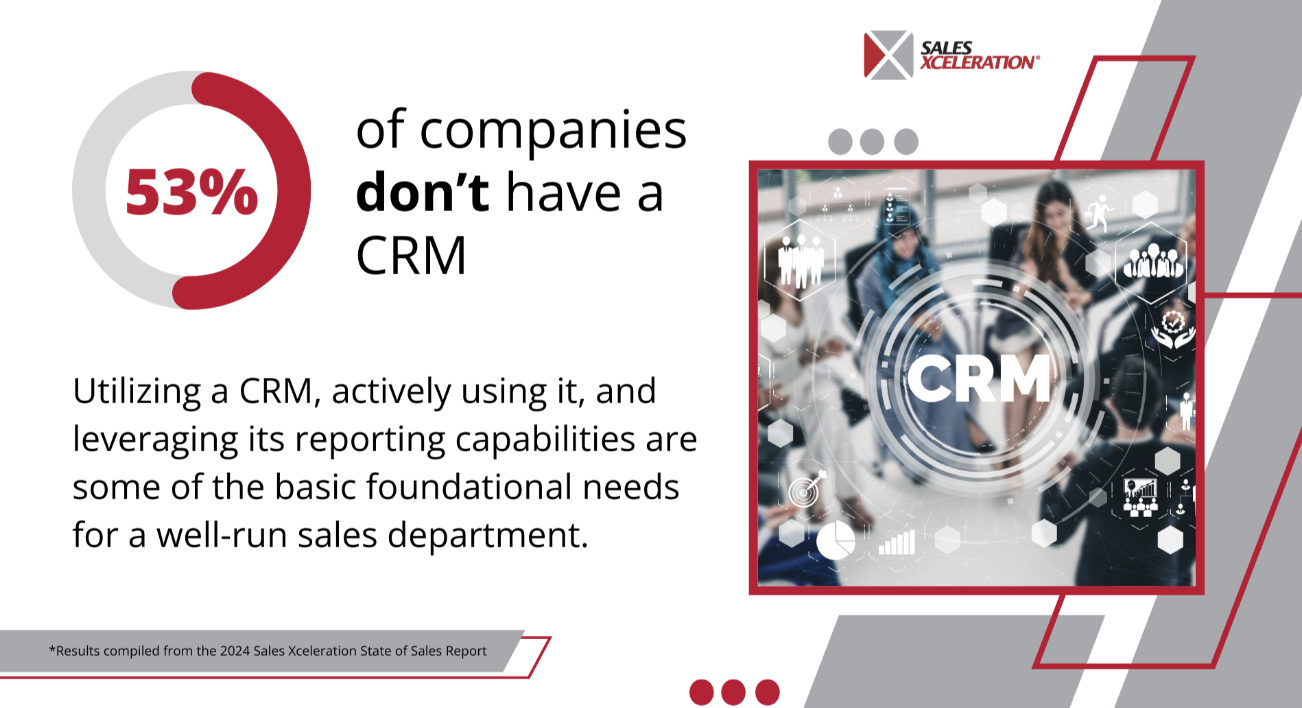With over 30 years in sales, I’ve seen what works—and what doesn’t—when it comes to driving revenue growth. In this guide, I’ll share practical strategies that can make an immediate difference in your sales performance.
Let’s dive in.
1. Understand Your Customer
The foundation of any successful sales strategy is knowing who you’re selling to. Without a clear understanding of your customer’s needs, pain points, and goals, you’re shooting in the dark. Here’s how to get closer to your customers:o truly harness the power of these advanced CRM features, consider the following tips:
- Research you ideal customer: What challenges are they facing? What are their goals? Look into market trends and customer feedback.
- Use data: Dive into sales analytics and customer data to identify patterns and preferences.
- Ask for feedback: Direct customer surveys or simple conversations can reveal valuable insights into how you can better serve them.
2. Build Relationships, Not Transactions
Sales aren’t just about closing deals—they’re about building relationships. Customers are more likely to buy from businesses they trust. A transactional approach might bring short-term gains, but strong relationships lead to long-term success.
- Listen first, sell later: Listen to your customers’ concerns and provide solutions tailored to their specific needs.
- Follow-up regularly: Stay top-of-mind by checking in with your customers even after a sale is closed. This shows that you care about their ongoing success.
3. Focus on Value, Not Price
In my experience, competing solely on price is a race to the bottom. Instead of cutting prices, emphasize the value your product or service brings to the table.
- Show ROI: Demonstrate how your solution will solve their problems or improve their situation. Use data or case studies to show the return on investment (ROI) they can expect.
- Highlight differentiators: What makes your product or service stand out from the competition? Focus on your unique selling points—whether it’s better customer service, innovative features, or superior quality.
4. Leverage Technology
Sales technology has come a long way in recent years. Tools like customer relationship management (CRM) systems, automation, and AI can streamline your sales process and help you focus on what really matters—building relationships and closing deals..
- CRM systems: Keep track of customer interactions, manage your pipeline, and automate follow-ups.
- Sales enablement tools: Use platforms like Pipedrive or HubSpot to equip your sales team with resources that can improve efficiency and close rates.
- AI-powered insights: Some tools can predict which leads are most likely to convert, allowing you to focus your efforts on high-potential opportunities.

5. Improve Your Sales Pitch
A strong sales pitch can make all the difference. Your pitch should be clear, concise, and focused on how you can solve the customer’s problems.
- Personalize your pitch: Tailor your message to each prospect’s unique needs. The more relevant your pitch, the more likely they are to listen.
- Address objections early: Think ahead and address common objections before they arise. This shows confidence and preparedness.
- Use storytelling: People relate to stories. Share real-life success stories of how your product or service helped other customers. It’s a powerful way to build credibility.
6. Optimize Your Sales Funnel
Your sales funnel should guide leads smoothly from awareness to purchase. If you’re losing prospects at any stage, it’s time to make adjustments.
- Identify weak spots: Analyze each stage of your sales funnel and identify where leads drop off. Are they losing interest after the demo? Not following through after receiving a quote?
- Nurture leads: Not every lead is ready to buy right away. Set up automated email campaigns or regular follow-ups to stay in touch with prospects until they’re ready to move forward.
- Measure and adjust: Constantly measure your funnel’s performance and make adjustments as needed. If something isn’t working, don’t be afraid to pivot.
7. Train and Empower Your Sales Team
A sales team is only as good as the tools and training they receive. Investing in your team’s development can yield significant returns.
- Ongoing training: Regular training sessions ensure your team stays sharp and up-to- date with the latest sales techniques and product knowledge.
- Provide resources: Equip your team with the tools they need to succeed, from presentation materials to market insights.
- Empower decision-making: Encourage your team to take ownership of their sales approach and adjust based on what’s working. This autonomy can lead to creative solutions and higher motivation.
Final Thoughts
Increasing sales isn’t about one grand strategy—it’s about consistently applying small, impactful techniques that build on each other. Whether it’s deepening your customer relationships, leveraging technology, or fine-tuning your pitch, every improvement brings you one step closer to success.
The key takeaway?Focus on value, relationships, and continuous improvement. Sales is a journey, and with the right mindset and strategies, your business can thrive.
Are you ready to implement these tactics and take your sales to the next level? Contact me today -> gkostiuk@salesxceleration.com
Further Reading
3 Strategies for Enhanced Efficiency and Consistent Revenue Generation
By the way, if you’re struggling with a specific sales challenge, let’s talk—I’ve spent over three decades helping SMBs.


